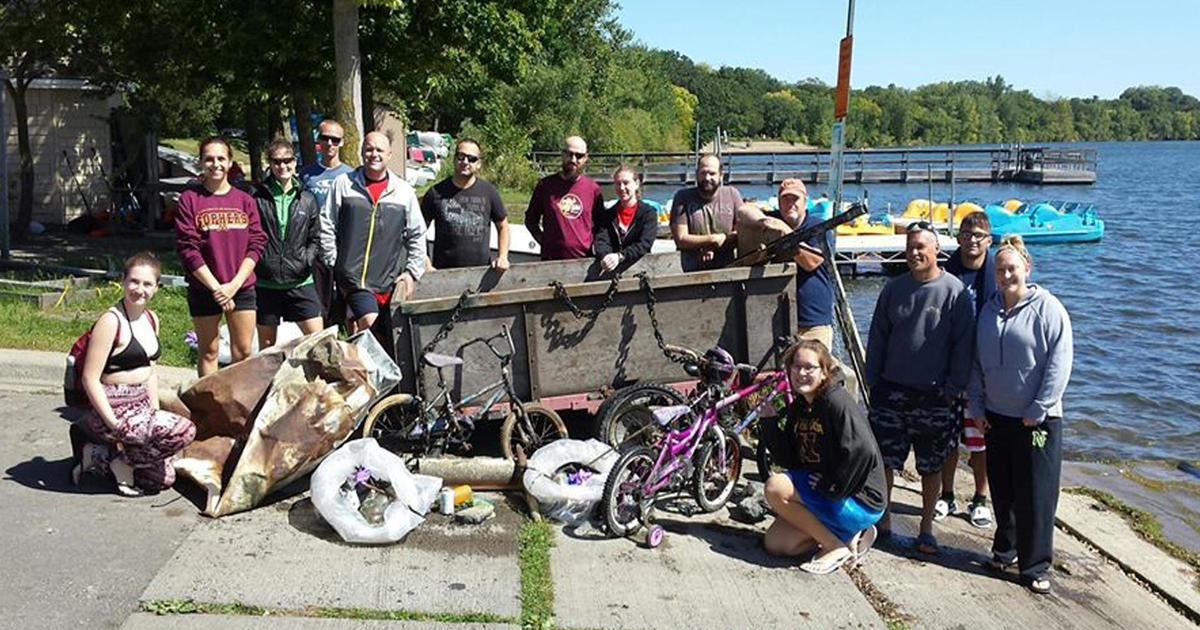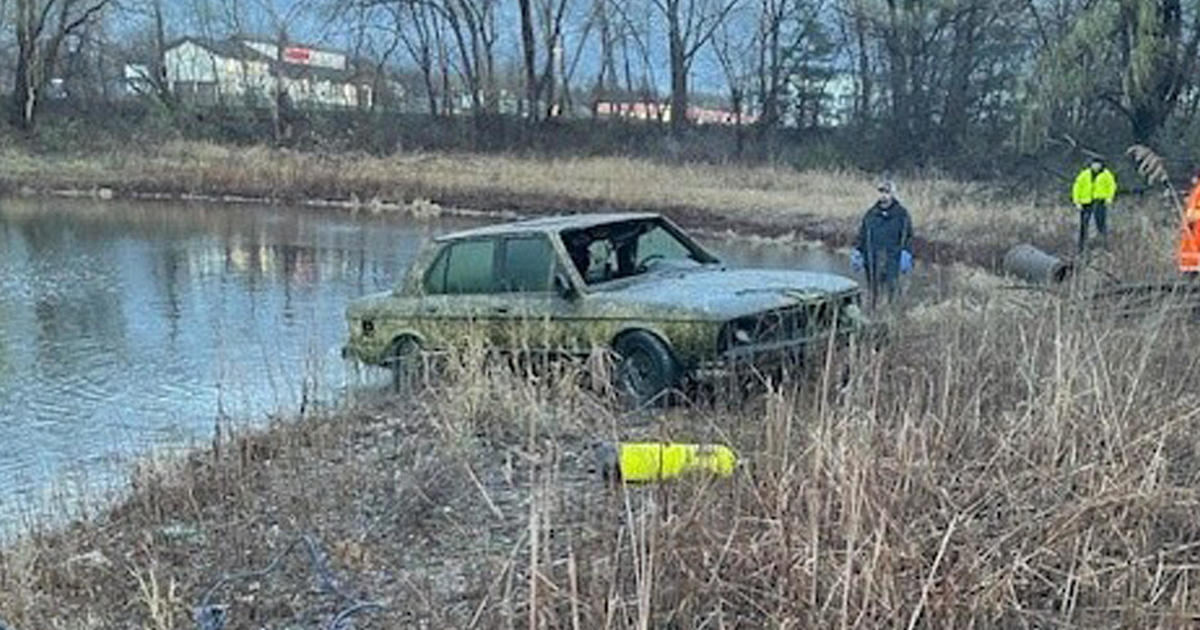DNR Sees Uptick In Black Bear Sightings In Twin Cities
ST. PAUL, MINN. (WCCO) -- Minnesota's National Hockey League franchise was named "Wild" for a very good reason. Regardless of where one lives in the state, there is an abundance of wildlife in our midst.
St. Paul resident Kathy Eggink often sees them on her walks, adding, "deer, coyotes, fox, turkeys, but no bears."
She may want to keep her eyes peeled – because amid our vast wilderness wildlife abounds. Occasionally spilling over with big critter encounters right here in the seven-county metropolitan area.
"To have a black bear, that's concerning," Jeanne Johnson said.
It's exactly what a jogger spotted near Mississippi River Boulevard on the University of St. Thomas campus early Sunday morning.
A sighting that is both surprising and a bit concerning for Jay and Jeanne Johnson, who use the pathway to walk their small dog.
"Yes, I think so," Jay added, "Bears, we don't see them around here that often."
DNR black bear research biologist, Andy Tri earned his PhD studying urban black bears out in Pennsylvania and New Jersey.
Now in Grand Rapids, Tri explains that the Twin Cities metro area is seeing an increasing number of black bears. In 2018 there were 269 sightings, mostly in Anoka and Washington counties.
A Department of Natural Resources map records confirmed sightings outside the normal bear habitat. In 2019, the number jumped to 370 sightings.
So far in 2020, there have been 189 reported in the seven-county metro.
In mid-June, two black bears were seen near St. Paul's Union Depot and the area around Battle Creek just east of downtown.
"We're bisected by multiple rivers and lots of green corridors come through, so one would think we'd see more bears more often," Tri explains.
Younger black bears are typically looking for new habitat after being booted by a mother bear getting ready to breed again. The heavily wooded north and eastern metro counties of Anoka and Washington, have just what they need.
"The forests in the northern suburbs are especially loaded with oak, and bears love oak trees. It's the number one food in the fall to put on weight before winter," Tri added.
So if you spot what you'd least expect, just keep your distance. Because it's the true wildness behind our coveted quality of life.
For more information on black bears in Minnesota, click here.



